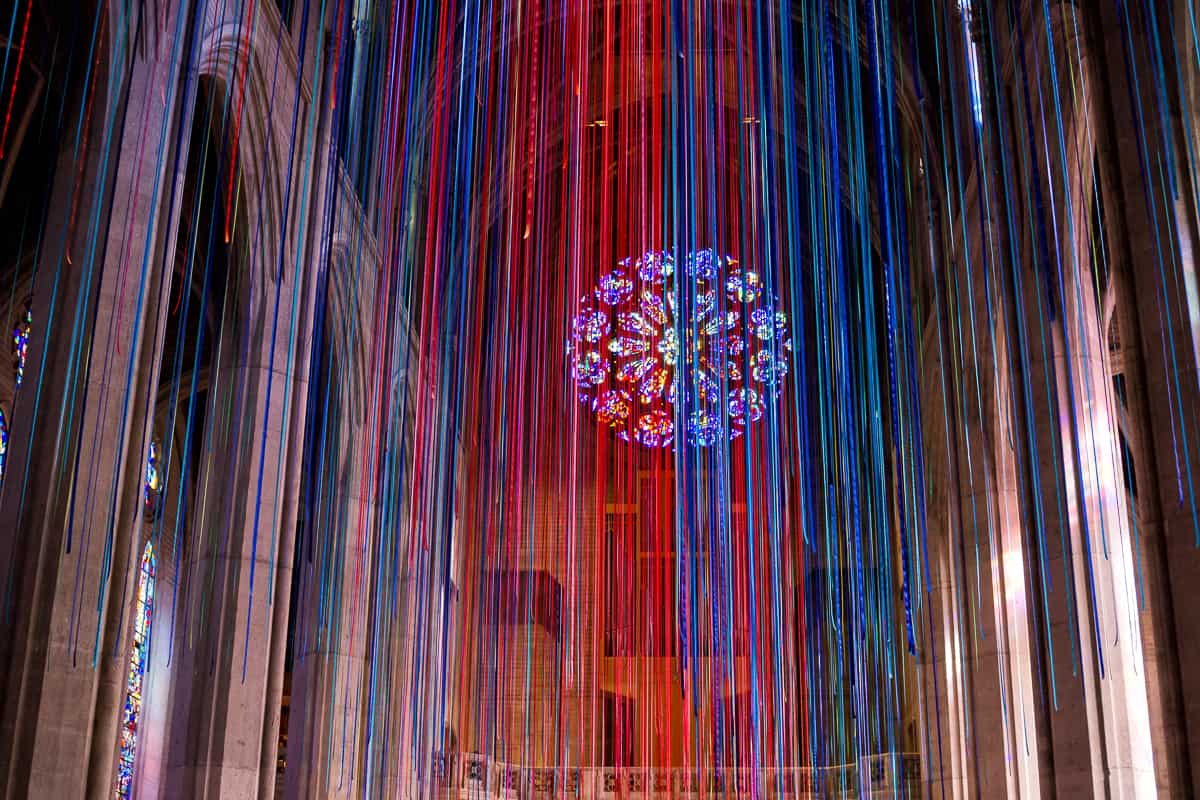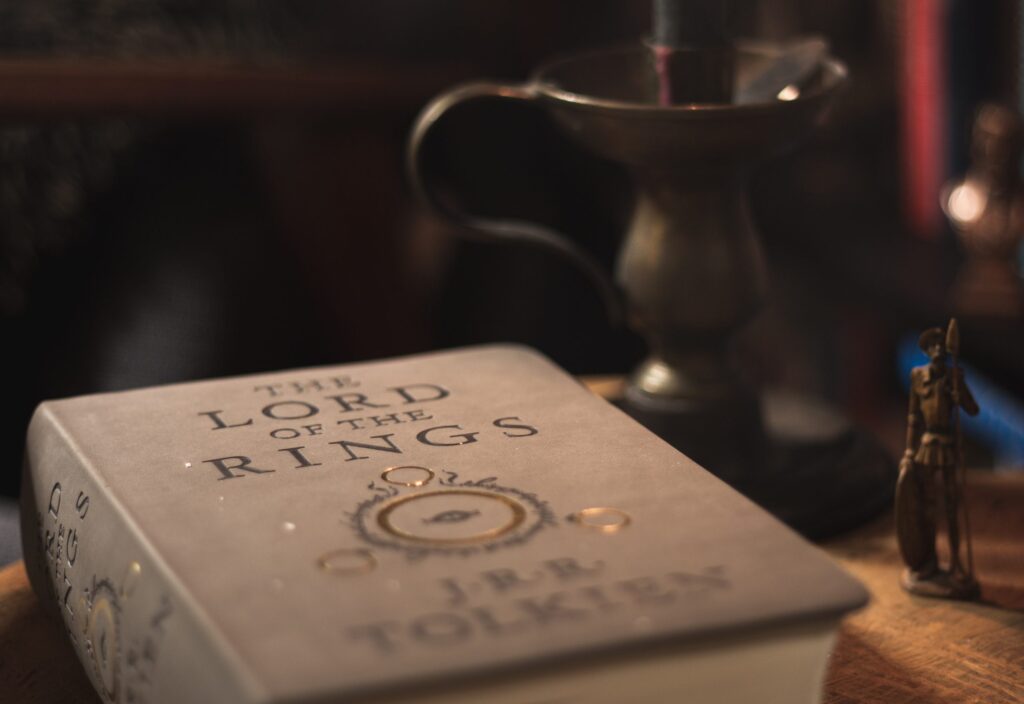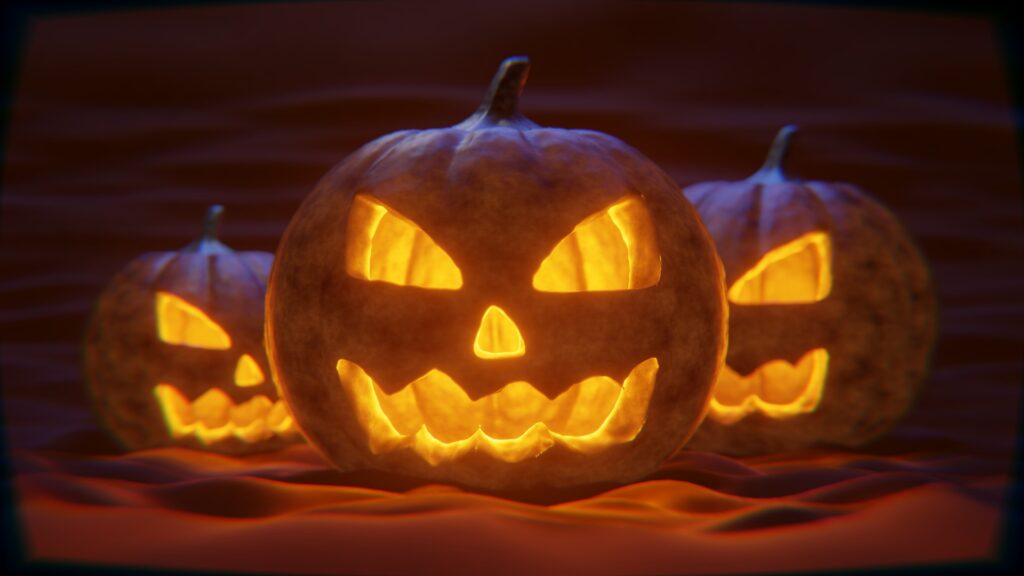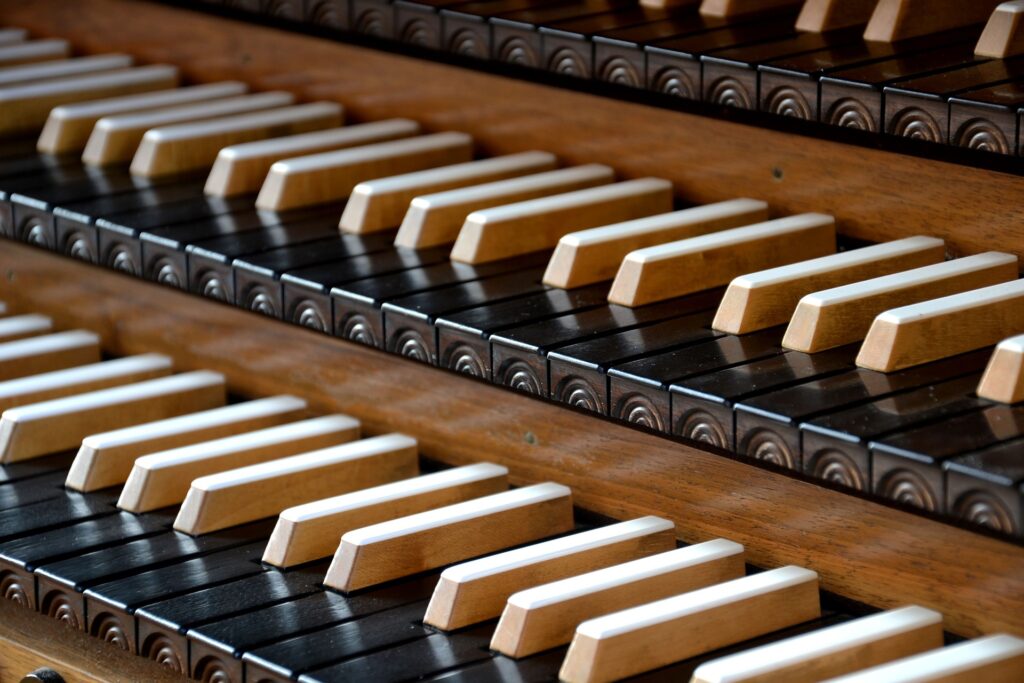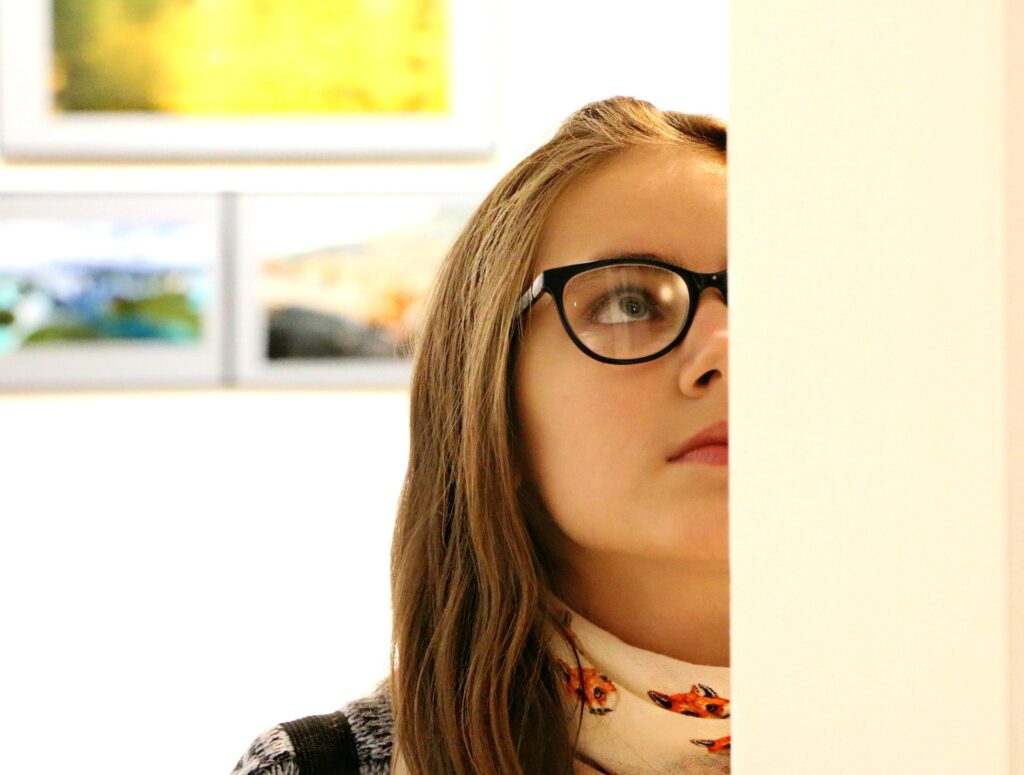Michelangelo, Tolkien, Milton, Bach, Bonhoeffer: painter, author, poet, composer, theologian, respectively.
What do they all have in common? They stormed the gates of hell with their artistic works and creative thoughts which influenced their contemporary cultures. They did not go gently into that good night. There was nothing pithy or trite – no cotton candy – in their work. They assaulted mediocrity and conformity. Their benevolent creative violence and gusto changed the course of human history as they battled against evil and ugliness with their pens, brushes, sounds and ideas.
Where are the Church’s contemporary equivalents, and where is the Church’s love for them?
Ponder the works and lives of the above individuals. Consider the beauty, brilliance and decades and centuries-long impact of the Sistine Chapel, The Lord of the Rings, Paradise Lost, Toccata and Fugue in D Minor, The Cost of Discipleship.
Conversely, tune into the nearest Christian radio music station. Go to a Christian bookstore and peruse the shelves of modern works. Go to an art museum. Walk into a local Protestant church building and view the aesthetics.
What do you notice?
Generally, you will notice that very little remotely resembles the degree of passion, daring, skill, and power of the previous centuries of Christian art. It is instead a display of artistic and linguistic regression. A once-towering man with something to say is now a cowering fool seeking everyone’s approval. Insecure, placating, people-pleasing, saying everything yet saying nothing at all – afraid to rock the boat or make a mess, afraid of mistakes and criticism. Fitting in is the ultimate aim.
Is this a harsh assessment? Maybe. Sometimes we just need to face the music and buck up. Was Martin Luther, the instigator of the Protestant Reformation, “nice”? Read any biography about the man. He had a scathing tongue. Flaccidness did not grab the attention of the Roman Catholic Church or the masses. Unsettling words, tenacity, and conflict caused the Reformation. And, yes, some mistakes, misunderstandings, and pain were also part of the process. That is the cost of making a difference.
Taking this thought to its penultimate example: the act that brought us peace with God, saved people from their sins, yielded everlasting joy, and gave God’s people eternal life was a disgusting, violent, immodest, humiliating crucifixion in front of an ignorant, mouthy crowd. Here we are 2,000 years later in awe of the terrible beauty and wonder of the whole thing.
Life is risky if one actually bothers to live it. Art reflects the degree to which people are thinking and living. Great thoughts and intense living result in songs, paintings, books, poetry and movements of equal caliber. There is no way around this dynamic. Those who do nothing have nothing to say. They might run their mouths, of course. But that does not mean they have anything of substance to offer.
At what point did Christians abdicate the arts to the unbelieving world? One can argue that an unfortunate, unintended by-product of the Protestant Reformation was an abandonment of the fine arts. If one traces the decline of Christian support for, and creation of, great art there is a solid argument for the period immediately following the Reformation as being a major shift away from art in the Church. Perhaps we threw the baby out with the bathwater. It is long overdue time to find that baby and nourish him again into a mature, stalwart adult.
For those who might be thinking, “What place do the fine arts really have in the Church?”, or “Why does it matter?”, I have a few thoughts for them to consider. We are made in the image of God, and God is an artist. Look at a sunset. Gaze into a flower. View the ocean and all its abundance of life and color underneath. Meditate on the human form and its unsurpassable beauty and power to evoke the most intense emotions. Kingdoms have risen and fallen over attraction between two people.
God made everything. But He also made creation beautiful and desirable. He could have focused purely on utility. He could have been modest. He could have made creation boring. Instead, He made creation overwhelming, intoxicating, gorgeous, inspiring. He made it almost too much to handle. And, sometimes, if you think about it creation actually is too much to handle. It is often dangerous, over-powering, risky: that is part of its beauty and attraction as well, isn’t it?
God did that. What is more, He did it on purpose.
Surely, that should mean something to us and our own human creations. If we are made in the image of God, and God created, then we should imitate Him. And the tone and influence of our creations should mimic His. Granted, we are not God, nor should we compete to “be God”. That is idolatry. The rejection of idolatry, however, should not result in us rejecting beauty, passion, risk, and – for lack of a better term – pushing the envelope.
Anything that influences the individual and culture must inherently challenge the status quo. It has to inherently be “upsetting”. The upset might take different forms: romantic excitement, calming us when we are stressed, challenging our assumptions, even destroying evil by overtly attacking our thoughts and institutions when our thoughts and institutions dishonor God and His way.
“Storming the gates of hell” is not a passive thing, it is active assault. Gates do not move. To storm a gate is to take the initiative to offend. To storm something is an act of violence, conflict, war.
We are called to make war. It is not the kind of war the world fights with flesh and blood, with self-serving interests. Christians are to wage a war of reconciliation when the world wants to foster animosity. It is still war, nonetheless. And each warrior is called to fight the war with the weapons one has been given for battle.
Art is one weapon. And some warriors in the Church wield this weapon of art. These art warriors should be confident in its use and importance, its beauty and magnificence, and its rightful place in the Church and culture-at-large.
To the Christian artists reading this: Stop being timid and ashamed. Stop conforming to the culture and the Church’s flaccid view of the arts. Show us God’s glory in your work. Revel in God’s beauty and demonstrate to the world this aspect of His image.
To the Church: love, support, and encourage the art warriors among you. They are part of the Body of Christ just as much as you are. They need you and you need them. If the artists among you are being genuine, they will at times offend and upset you–sometimes intentionally, other times unintentionally. It is part of their job. You need to be roused for the battle. We all do.
“Graced with Light” installation by Anne Patterson 2014 | Grace Cathedral, San Francisco | Image © 2022 Pamela Reynoso

